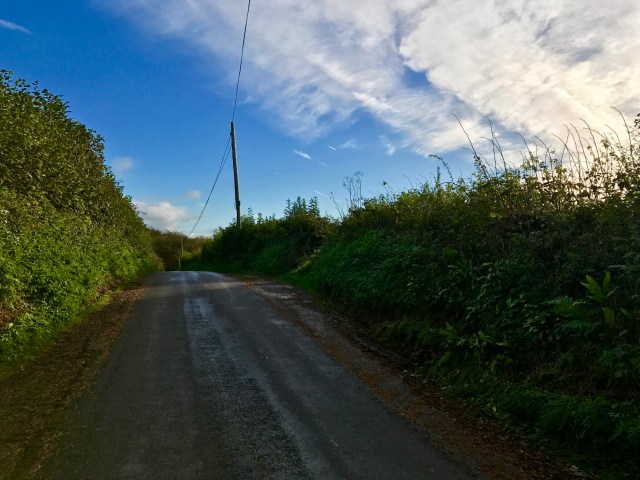
144. Porth Tywyn (Burry Port) – Crofty

Distance: 18.5 miles
Max Altitude: 41 m
Min Altitude: 4 m
Height Gain: 223 m
Height Loss: 225 m
I had decided before leaving Porth Tywyn (Burry Port) that I would visit the Amelia Earhart memorial. As a trailblazing adventurer, she’s among my list of personal heroes. But why is there a tribute here? Well, when she became the first female to cross the Atlantic Ocean by air, Amelia Earhart landed slap bang in Burry Port. Indeed, on the 18th of June 1928, aviation history was created when a small red seaplane with the word ‘Friendship’ written on its fuselage, was spotted flying over the town. The plane gradually descended and landed in the Burry estuary. Earhart and her two flying companions had set off from Newfoundland 20 hours and 40 minutes earlier. Of course, there was much excitement in the local area at this news and the seaplane was escorted into the harbour accompanied by a flotilla of small boats. Hundreds of well wishers had rushed to the dockside to greet the pioneering aviators. The entire story of the flight and the subsequent landing here is a fascinating one.
I set off from the harbour and there too was a memorial to Amelia Earhart.

There are always numerous things to photograph in a harbour. This one was no exception.
Also on display at harbourside is the remains of a World War Two bomb which was found washed up on the beach nearby last year.
I continued along the Wales Coast Path leaving the chubby Burry Port lighthouse behind me.

Ahead of me lay the county of Abertawe (Swansea) and Gŵyr (Gower). I couldn’t have asked for a better walking day. Once again I was tremendously lucky to be hiking under sunshine and a blue sky.

I was on the stretch of the Wales Coast Path known as the Millennium Coastal Park. It’s hard to believe that on this very area once stood the huge beast of Carmarthen Bay Power Station. It occupied 220 acres having been built in 1947. It employed around 500 people and its three stacks could be seen for miles. It shut down in 1984 and was demolished in the early 1990s.
A project was then undertaken to transform the industrial wasteland left behind into something beautiful. The result was the Millennium Coastal Park, including the 22 kilometres of coastline along the Llwchwr estuary between Burry Port and Llanelli. What a success it is.

And glorious it is too.

It’s incredible to think that this area was nothing but ash and industrial detritus.
The railway line runs alongside it too.
I couldn’t resist crossing the line to get a look at the view.
I could include dozens of photos of the view, in fact.
Passing the dock area of Llanelli, I walked beside the Machynys golf course. I’ve walked past a whole host of golf courses on my travels but not one that’s been designed by Jack Nicklaus. Mind you, it could be designed by the ghost of Leonardo da Vinci and it wouldn’t mean anything to me. Golf really isn’t my bag.
I was more interested in the Llanelli Wetland Centre and was sorry that I didn’t have time to explore further. If it’s half as good as the Newport Wetlands Reserve then it’s a winner. Another time.
The marshland became more and more prominent beside me. I was heading up the Llwchwr estuary.
Having walked through some industrial and residential areas, I ended up alongside the Pont Llwchwr, which connects Llanelli with Swansea.
The road bridge runs alongside the railway bridge.
A permanent bridge linking Casllwchwr (Loughor) and Llanelli was first constructed here in 1923. Evidence of the original bridge can still be seen too.
The Wales Coast Path then took a rather convoluted, but unavoidable, route to get onto the Gower, through streets and along roads. I walked on the pavement until I arrived in Penclawdd. This is a village famous for its cockles (and my worst nightmare….bad memories of my family boiling them in a huge pot on the fire and me gagging at the stench!). I wasn’t thinking about molluscs but rather the view over the marsh.
The sun was setting but I still had energy in me for some reason. Ok, I admit to a few coffees and ice creams en route! I had also managed to successfully ignore my feet for the day (who says caffeine and sugar is bad for you?!). So I decided to continue onwards to Crofty while the going was good. I walked along the road until I arrived in failing light.
The weather, the views and the surface had made this day a perfect walking day.









































































































You must be logged in to post a comment.